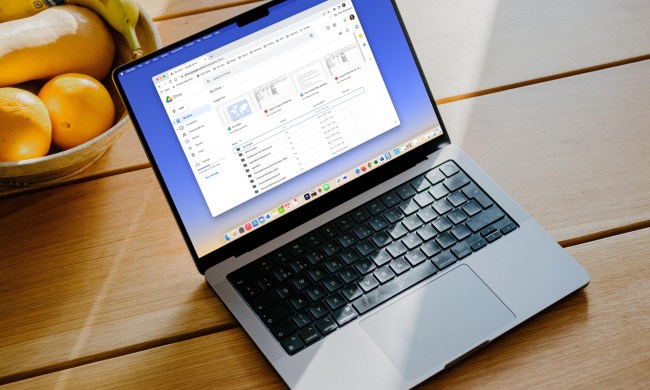
The first major update is the addition of new splash screens for Chrome-based web applications, which allows developers to show something meaningful to the user while the app is loading. This, developers say, can help improve perceived performance for the user, since there is an immediate reaction whenever they hit the corresponding icon.
Cooperative multitasking is another feature that is mentioned in the chrome update log, along with the ability for developers to schedule certain tasks to take place only when a device is idling. Using the “request IdleCallback()” command will make it possible to tell certain performance-intensive tasks to only be executed when there’s plenty of spare processing power to go around.

But of course Google didn’t get its Chrome browser onto a billion devices by restricting itself to smartphones and tablets. Indeed Chrome first became a hit on desktop and notebook systems. And those platforms also get a look in with this update with a change in the way Chrome handles desktop notifications.
While those sorts of push notifications have been in place for several versions of Chrome now, one aspect people often complained about was a build-up of junk. Since certain notifications, such as those related to social media, are quite context- and time-sensitive, if you don’t see one until later on, it can be rather redundant. With that in mind, developers now have the ability to automatically discard these notifications.
There is still an option for forcing a manual dismissal by the user, but there is at least a chance now for web developers to make their little push cards disappear after they become no longer relevant.
A number of other — mostly developer-focused — updates that were discussed in less detail, have also arrived with the new Chrome 42 beta. For a full rundown of what they do, check out Google’s changelog blog post here.
Given the usual scheduling of Google’s Chrome updates, we expect this one to reach a stable release within the next few weeks.


